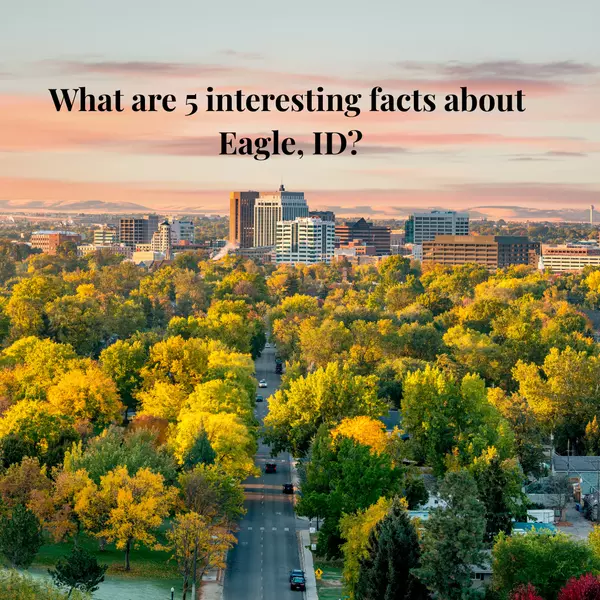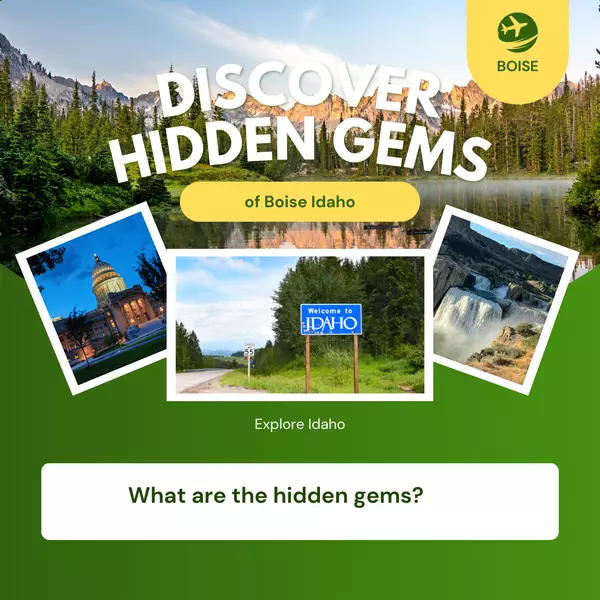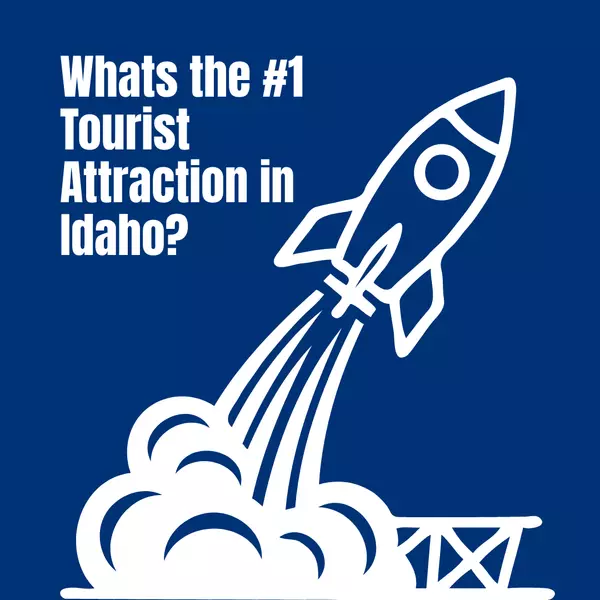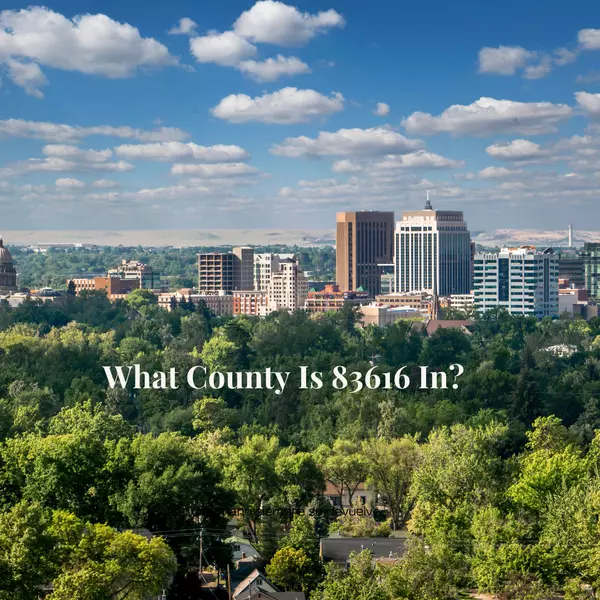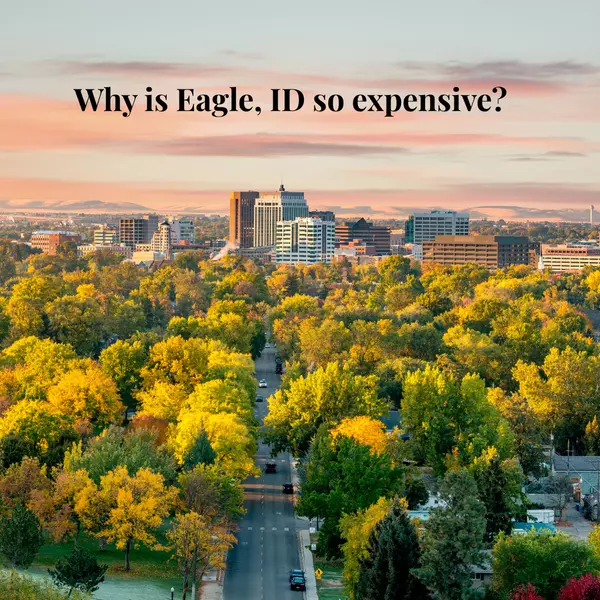Is Idaho an expensive place to live?

Idaho’s cost of living has climbed, driven by a hot housing market, but its affordability varies by perspective. Here’s a closer look at what makes Idaho’s costs tick.
Housing: The Big Hurdle: Housing dominates Idaho’s expense profile. Boise’s median home price reached $528,000 in 2025, a 94% jump since 2017, fueled by a scant 2.6 months’ inventory and influx of out-of-state buyers. Renting mirrors this trend, with Boise’s two-bedroom apartments averaging $1,850/month. Compared to the national median home price of $420,000, Idaho’s urban centers feel pricey.
Everyday Costs: Non-housing expenses are more manageable. Groceries align with U.S. averages ($4.10/gallon milk, $3.50/loaf bread). Utilities for a 900-square-foot home run $145/month, slightly below the national $160. Healthcare is affordable, with doctor visits at $108 vs. $125 nationally. Gas prices, at $3.45/gallon, and public transit options in Boise keep transportation costs reasonable, though rural residents face higher commute expenses.
Tax Advantages: Idaho’s tax structure softens the blow. Property taxes are among the lowest at 0.62%, and Social Security income is untaxed. The state income tax (up to 5.8%) and 6% sales tax are moderate, making Idaho more affordable than high-tax states like Oregon (9.9% income tax).
Economic Dynamics: A strong economy, with 24% job growth in tech and healthcare in 2025, pushes median incomes to $66,500. Yet, housing costs outpace wage gains, straining affordability. Idaho’s cost of living index is 106 (national: 100), reflecting above-average expenses.
The Verdict: Idaho leans expensive, primarily due to housing shortages. Its low taxes, job opportunities, and access to 33 state parks make it attractive for high earners or retirees, but first-time buyers and lower-income residents may struggle in urban areas.
Categories
Recent Posts
